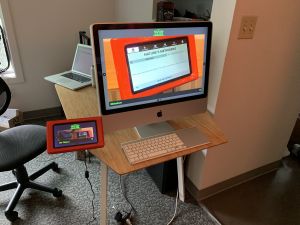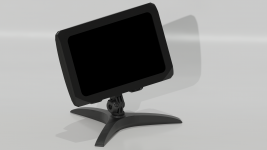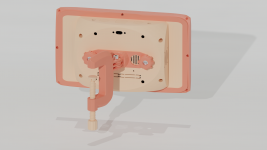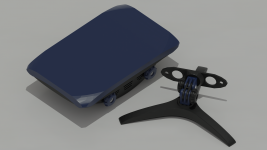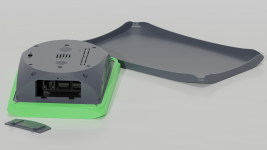Creating a Kiosk
A kiosk is a computer, display, input device and other optional hardware that is used to offer interactive functionality to a user, while protecting important system functions. CLIO can be used to create an interactive kiosk for museum professionals and patrons.
Re-Purposed Hardware
CLIO is designed to be hardware- and resolution-independent. This flexibility allows a variety of hardware to be used, ranging from Raspberry Pi computers (and other single-board computers) to a traditional desktop. CLIO can be run on almost any computer from the last decade, allowing institutions with smaller technology budgets to repurpose unused and secondhand hardware instead of purchasing a new desktop or single-board computer.
POP
The kiosk prototype used during pilot testing was constructed using off-the-shelf open-source hardware. It is powered by the Raspberry Pi 4 computer and official Raspberry Pi 7" touchscreen. The case was fabricated using consumer 3D printer. The total per-unit build cost per kiosk is $220. This low-cost and modular hardware configuration allow the kiosk to be assembled and deployed with minimal resources, while offering the flexibility, accessibility and maintainability to engage a variety of audiences in different learning contexts.
| Documentation | |
|---|---|
| Installation | Look and Feel |
| Interaction Modes | Developing Activity Types |
| Creating an Interactive | Framework |
| Integrating CLIO | Contribute |
